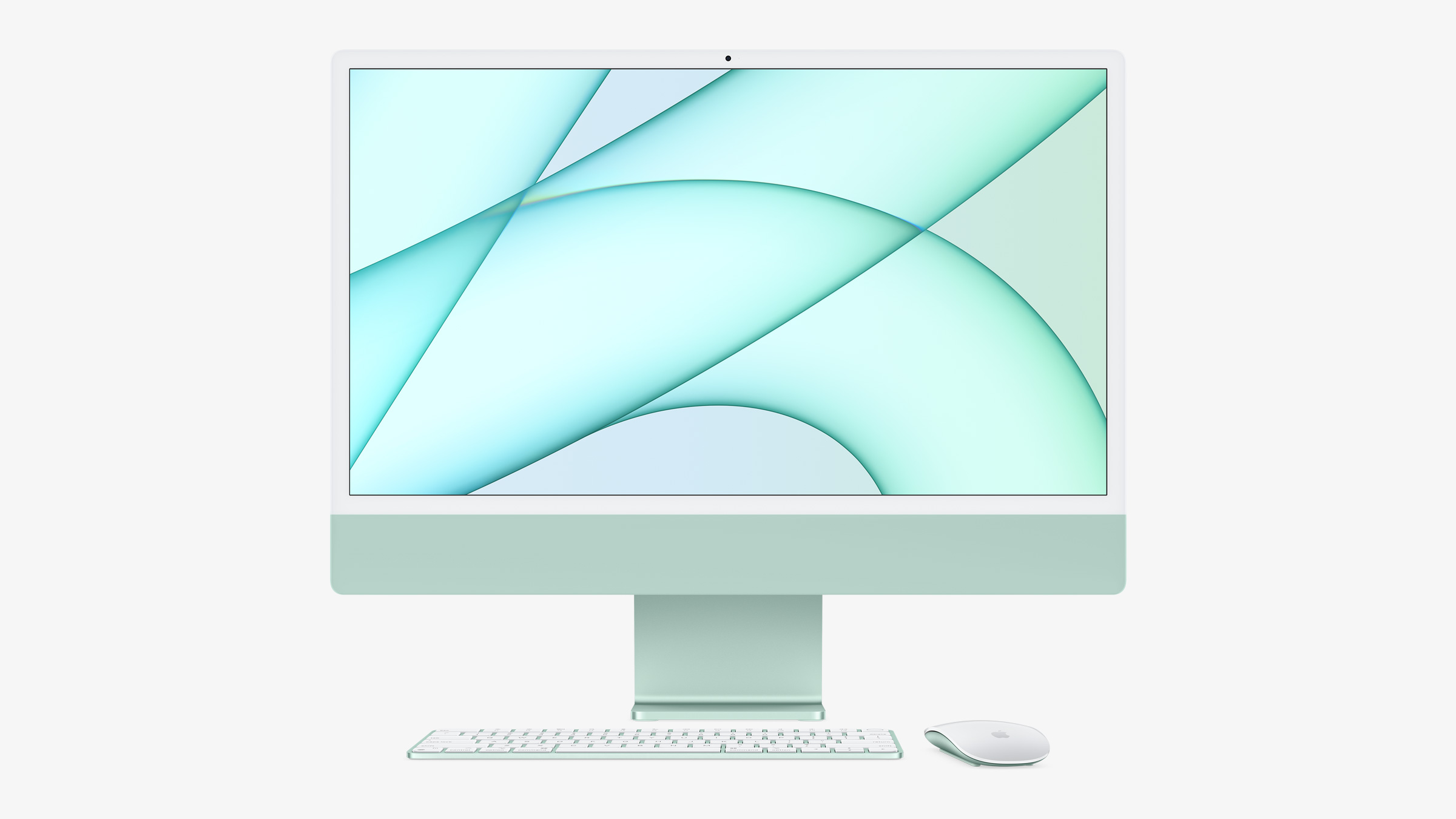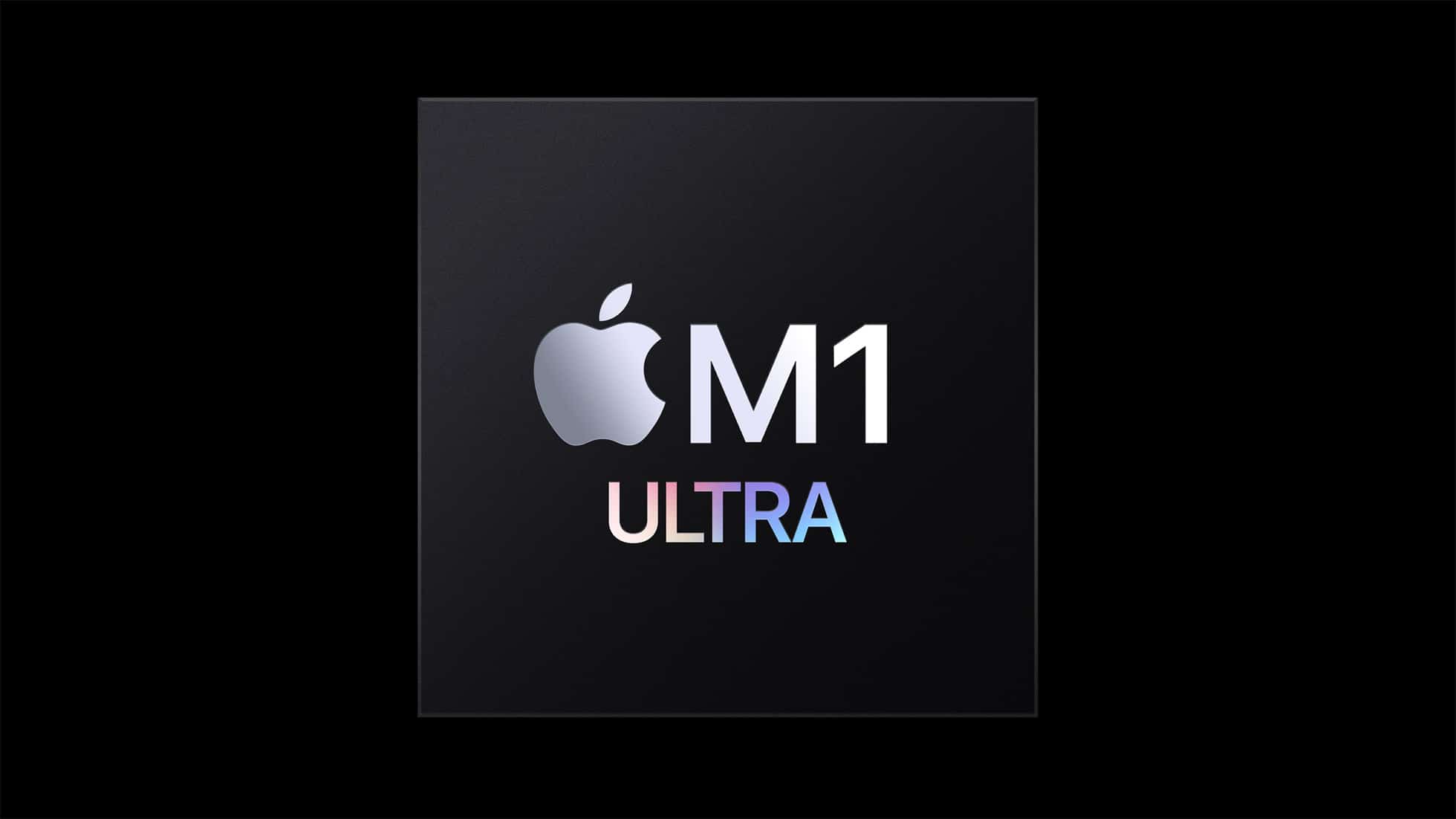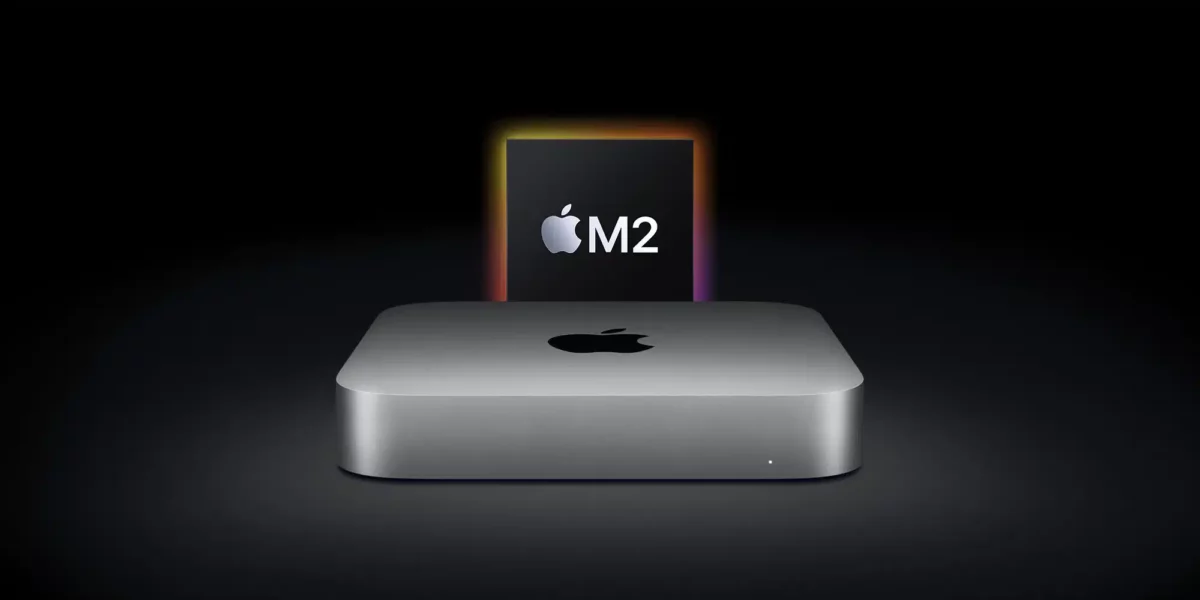Apple’s recent WWDC 2023 Keynote was a grand event, featuring the announcement of 3 Apple Silicon Macs including the highly anticipated 15-inch M2 MacBook Air, the Mac Studio powered by the M2 Max or M2 Ultra, and the groundbreaking Mac Pro with M2 Ultra. These new Macs, fueled by the powerful M2 chip, mark the completion of Mac’s transition from Intel to Apple Silicon.

With the transition to Apple Silicon completed, Apple no longer sells Intel-based Macs
With the groundbreaking Macs announced at WWDC 2023, Apple once again proved its commitment to pushing the boundaries of innovation and empowering users with cutting-edge technology. The new Macs are set to redefine industry standards, solidifying Apple’s position as a leader in the world of computing.
A comprehensive timeline of Apple’s transition to Apple Silicon
M1 chips
- The first Apple Silicon chip to power Macs was the M1, which made its debut in November 2020. Designed specifically for low-power systems, the M1 brought unparalleled performance and energy efficiency to the Mac lineup. Apple introduced the M1 in the MacBook Air, MacBook Pro, and Mac mini, setting the stage for a complete transition.

- In April 2021, Apple released a redesigned M1 24-inch iMac with a stunning new design, 7 vibrant colors, and a 24-inch 4.5K Retina display to replace the 21.5-inch Intel model.

- In October 2021, Apple made a significant announcement introducing the M1 Pro and M1 Max chips, along with refreshed models of the 14-inch and 16-inch MacBook Pro. These new MacBook Pro models marked a departure from the integrated and discrete GPUs provided by Intel and AMD, as Apple opted for their own integrated GPUs. Notably, the M1 Pro and M1 Max chips do not support external GPUs. As a result, Apple discontinued all of its Intel-based laptops after this announcement.

- March 2022 witnessed Apple’s introduction of the Apple Silicon Mac Studio, a cutting-edge desktop model that embraces the M1 Ultra chip. This remarkable configuration incorporates two M1 Max chips, delivering unprecedented performance.

M2 chips
- At WWDC 2022, Apple debuted the redesigned MacBook Air powered by the M2 chip. The MacBook Air features a larger 13.6-inch Liquid Retina display

- Moving forward to January 2023, Apple unveiled an updated Mac mini powered by the M2 and M2 Pro chips. Alongside the updated Mac mini, Apple also debuted new MacBook Pro models powered by the M2 Pro and M2 Max chips.

- This brings us to the final leg of Apple’s transition which was completed at WWDC 2023, the 15-inch M2 MacBook Air, Mac Studio powered by the M2 Max or M2 Ultra, and the Mac Pro with M2 Ultra. Notably, Apple’s new Vision Pro headset is also powered by the M2 chip.

Benefits of Apple Silicon
- Enhanced performance: Apple Silicon chips leverage a combination of powerful CPU, GPU, and neural engine cores, delivering remarkable performance gains compared to their Intel counterparts. The M1 chip, for instance, showcased exceptional single-threaded and multi-threaded performance, excelling in tasks such as video editing, photo processing, and machine learning.
- Power efficiency: Apple Silicon’s ARM-based architecture enables Macs to achieve remarkable power efficiency, leading to improved battery life on laptops and lower power consumption on desktops. This breakthrough allows users to enjoy extended usage without compromising performance.
- Unified ecosystem: Apple’s transition to its proprietary chips ensures a unified ecosystem across its entire product lineup. Developers can now create apps that seamlessly run on both Macs and iOS devices, streamlining the development process and expanding the availability of applications for Mac users.
- Enhanced security: Apple Silicon chips integrate advanced security features such as the Secure Enclave and the Neural Engine, bolstering the overall security of the Mac ecosystem. These features provide improved encryption, better data protection, and enhanced machine learning capabilities.
A new era of Innovation
Apple’s momentous transition from Intel processors to Apple Silicon marks a significant milestone in the company’s rich history. With this move, Apple demonstrates its unwavering commitment to pushing technological boundaries and achieving an unparalleled level of hardware-software integration.
By designing their own chips, Apple has unleashed a new era of innovation, enabling them to optimize every aspect of their devices for seamless performance and efficiency.